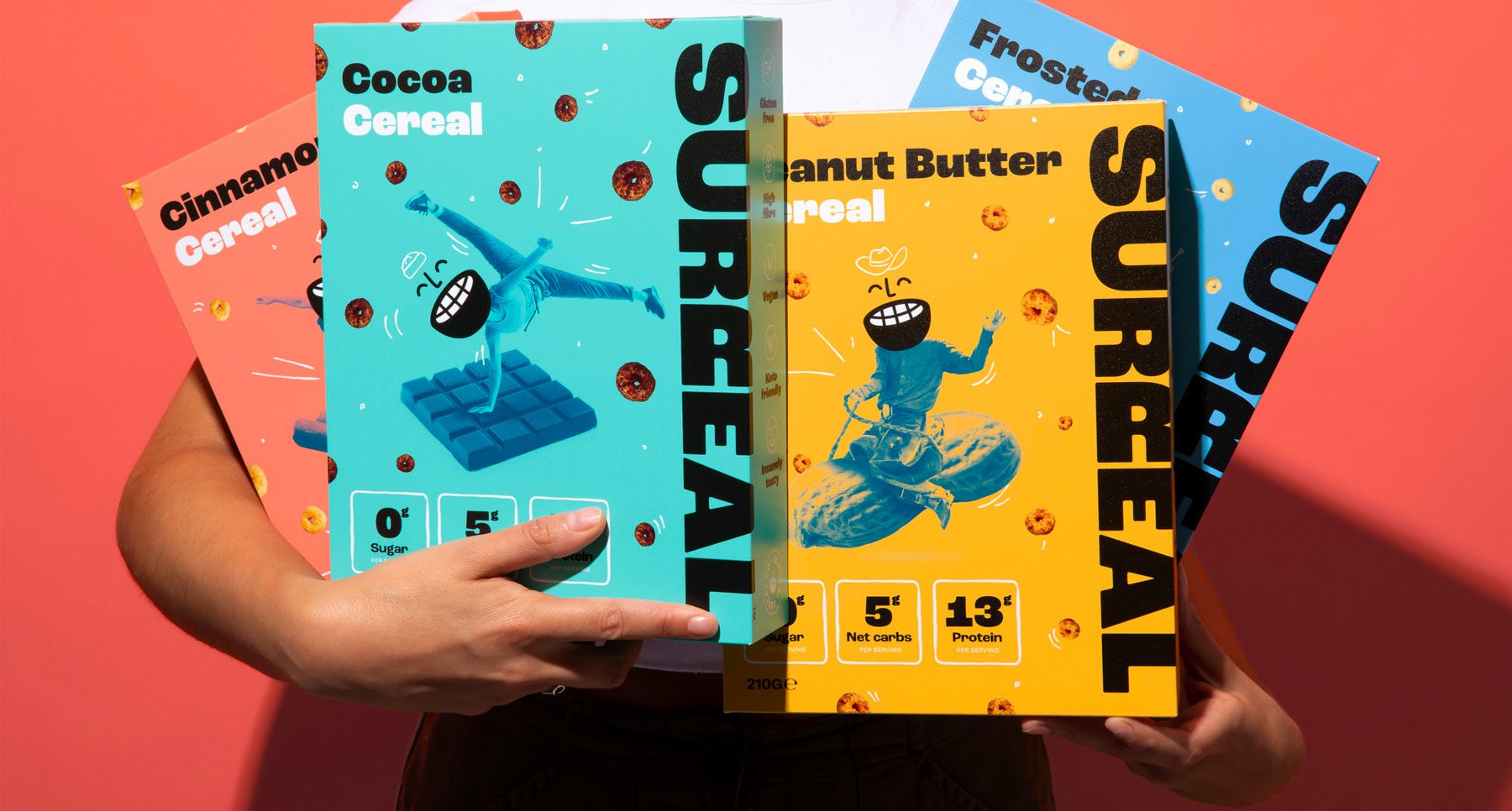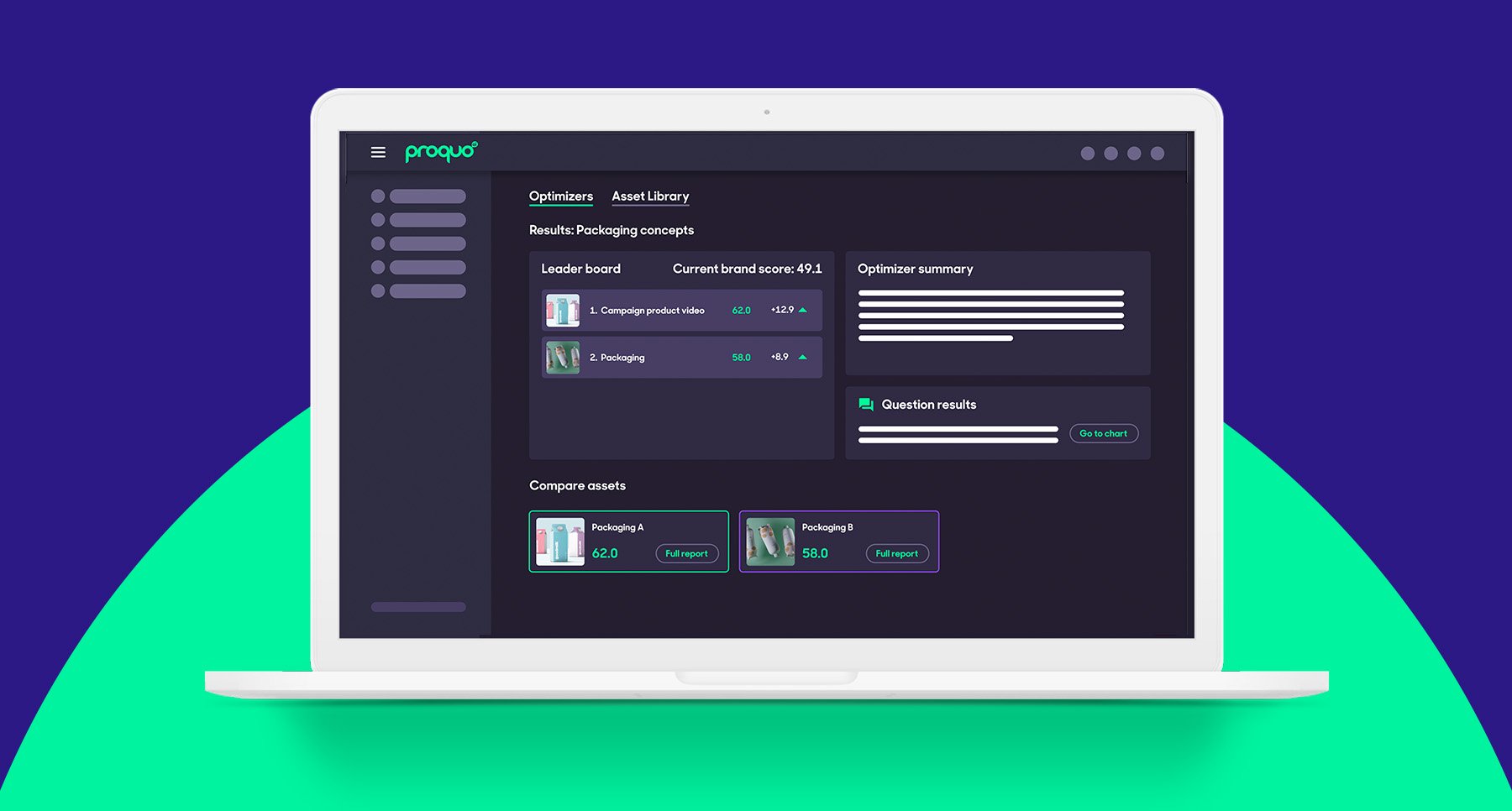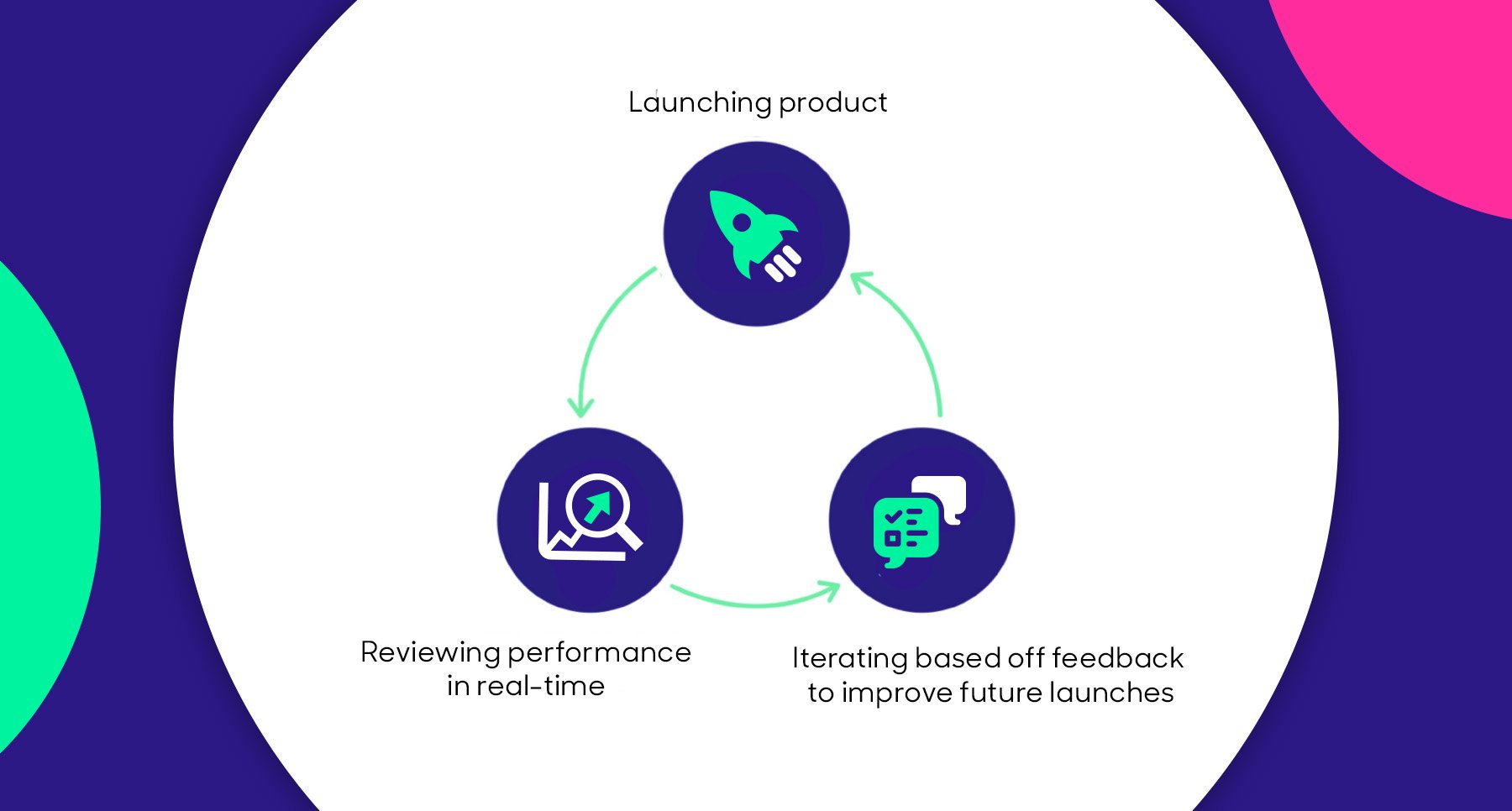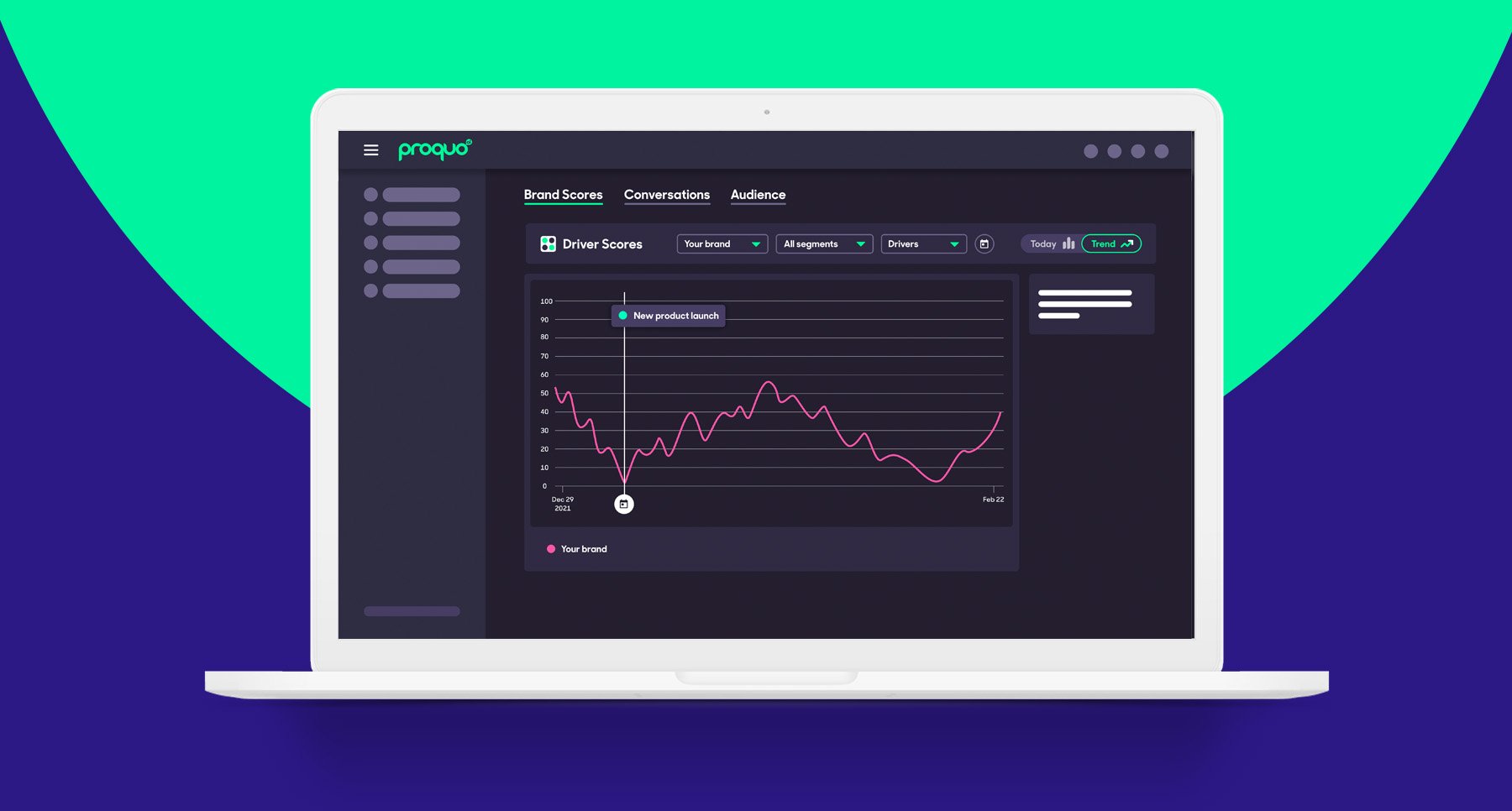Posted on August 3, 2022
Updated on March 13, 2023
5 min read time

In business, profitability is often thought of as the ‘end goal’. Something to strive for to prove the decisions you’ve been taking are paying off.
But growth is about more than just the commercials – and if your brand wants longevity, it needs to invest time into establishing strong consumer relationships to build long-lasting loyalty.
That’s why perfecting your products is such an important step for any brand. Your product portfolio is an extension of your business, so it’s crucial it embodies your core values, conveys your messaging accurately and is of the quality your audience deserves.
And when one of your products doesn’t live up to these standards? Well, it might be a sign to let it go.
In this blog, we’ll guide you through the process of letting go of a product, exploring:
There are many reasons why someone might want to remove a product from their portfolio.
And these reasons can be distilled into three key elements:
Brand trust is all about the power of your consumer relationships. And this relates back to authenticity. Ultimately, if your consumers believe the actions you’re taking are consistent and genuine, it’ll be easier to instil loyalty. And as your products are a direct representation of your business, you must ensure every new release strengthens the brand image you’ve spent so long cultivating.
Say you were a cereal brand, and your mission was to promote healthier lifestyles through natural ingredients and less artificial flavorings. It then wouldn’t make sense for you to jump on a new trend if it meant compromising your existing beliefs and producing cereals with overly sugary or high fat contents, for example. In this case, prioritizing your core brand values over short-term sales would help to ensure consistency and drive a strong value proposition.

When deciding whether your products are consistent with your brand, ask yourself:
Is your product still in tune with the times?
Trends come and go, and what was once fresh may now be old news - think of the once popular, Cinnamon Challenge.

That’s why it’s important to continuously review your products to see if they still resonate with the context surrounding your brand.
Ask yourself:
To remain relevant, you’ll need to ensure that you’re targeting the right audience, at the right time with the right message.
As times evolve, the needs of people change – and these changes are entirely category dependent.
Staying empathetic is what will set you apart from your competition, helping you to create products that your audience really need not just want.
Is it necessary to divert away from male and female-specific SKUs, for example, and instead build one universal product to encompass the needs of both audiences?
To ensure your product is keeping up with your audience, ask yourself about:
You want to catch your product before it becomes unprofitable, not after.
Stay on top of this process by reviewing your product catalogue frequently to judge whether some products can be revamped or replaced.
You can use these questions to guide your thinking during this process:
When removing a product, the aim is to replace it with something better – not to scrap it completely. If you remove one of your products without replacing, the chances of you losing listings in-store are high, as one of your competitors will fill the gap you’ve left in aisle.
The new product should bring in more incremental revenue than the previous product. But this can be difficult to guarantee. So, to support you on this, we wanted to show you how creative testing can help you to see whether your new product idea will stack up against what’s existing.
Solutions like CreativeLab allow you to compare packaging designs, ingredient lists, claims, and more – so you can judge how consumers will react to the changes you’re making before you invest the big bucks on them.
Simply place your pack designs or product ideas in the testing platform – comparing the new product with the old - and you’ll know within hours which one has the better audience reaction.

Platforms like these can be used to test any creative idea not just new products.
Let’s break down how they work for products in three simple steps:
1) You upload assets
2) The platform shows your assets to people within your category
3) You receive feedback on which asset performed best, as well as tips on how to optimize this winner to ensure the most ROI
To see how brands are using testing platforms like these to secure ROI, click here.
Testing is one thing, but wouldn’t it be great to have a way to track whether the move you made actually paid off?
Nowadays, the types of brand data you can collect are wide-ranging from:
And when it comes to evaluating the performance of your products, you can use a variety of methods to gain this kind of data – from brand trackers to social listening services.
However, occasional dips into the market and tools that crawl the internet for mentions can only get you so far, as they only provide a quick glance into brand performance since they only show you how you're performing at one specific moment in time.
To really understand how your new product is performing, you’ll need live monitoring platforms – like ProQuo AI.
The key difference between this solution versus a traditional brand tracker is that all of this data is in real-time. It’s live and constantly gathering data, so you can remain on top of your customers’ most important needs, the latest steps of your competitors, your own brand performance, and the newest category trends, at all times.
Because you have a live read on your brand, when you launch something new you’re able to immediately see the impact of that action via people’s reactions on your own brand.


If you’re looking for guidance to help you launch your next new product, click here.
Or if you want to see how ProQuo AI can help your brand, click here.
Our intelligent platform will take your brand further, faster.
Don’t believe us?
© 2020-2023 ProQuo AI International
All rights reservedWebsite by Blend